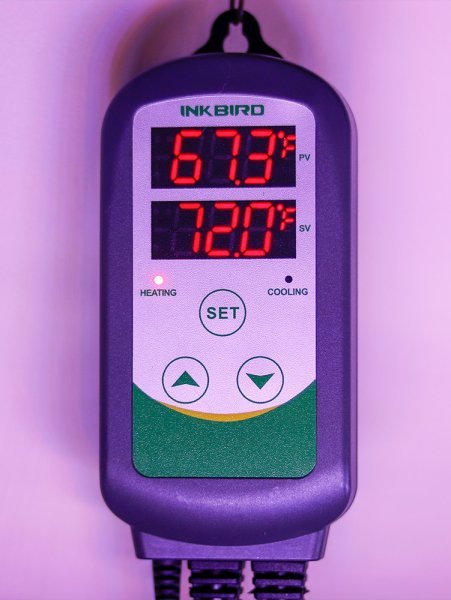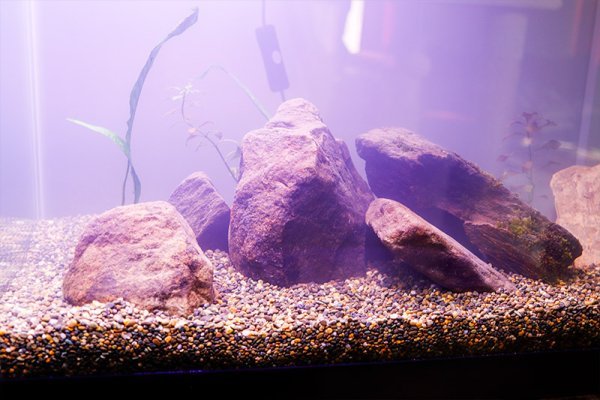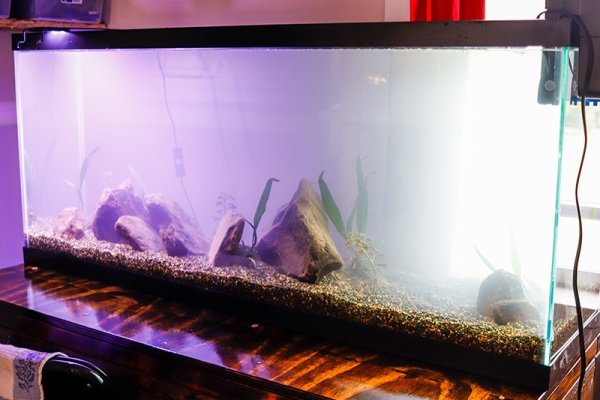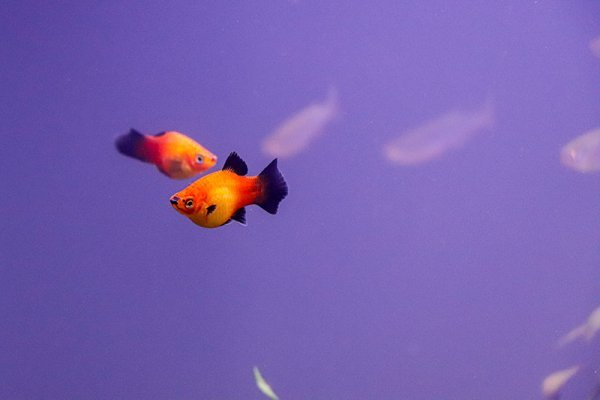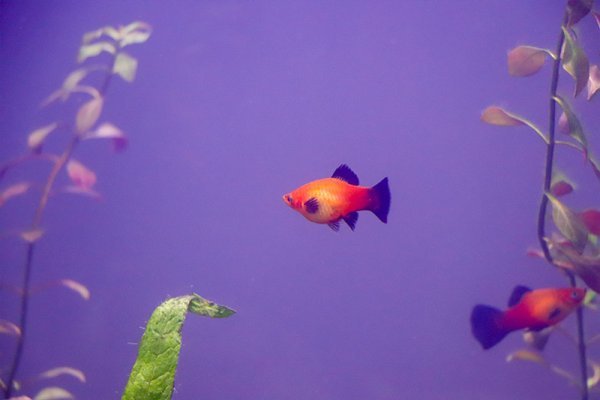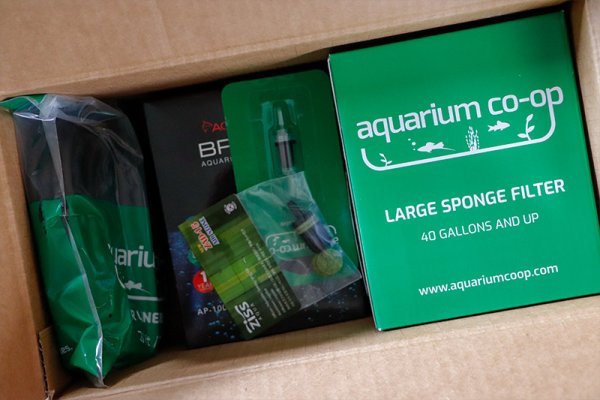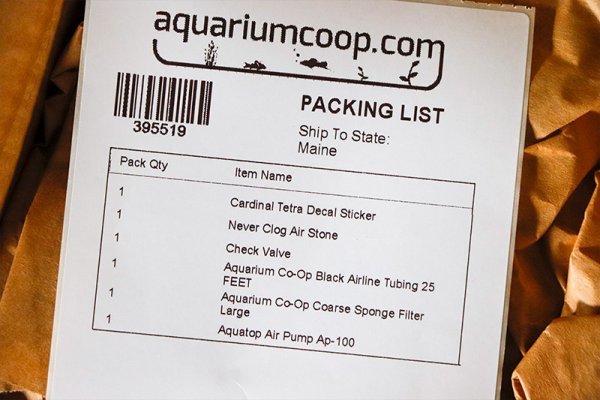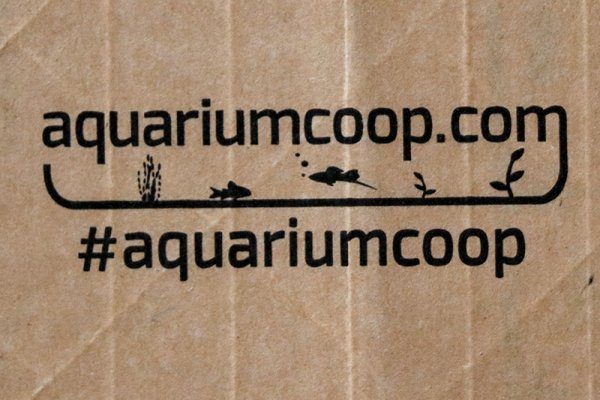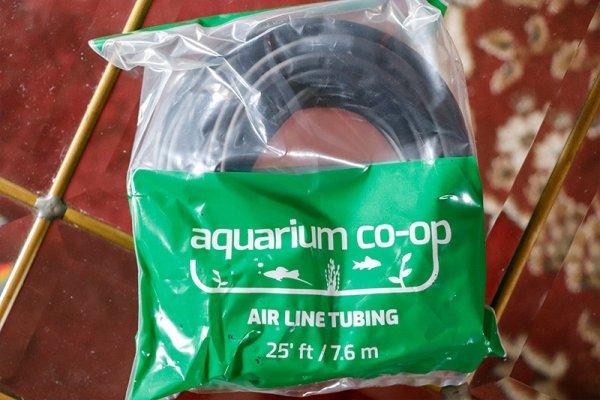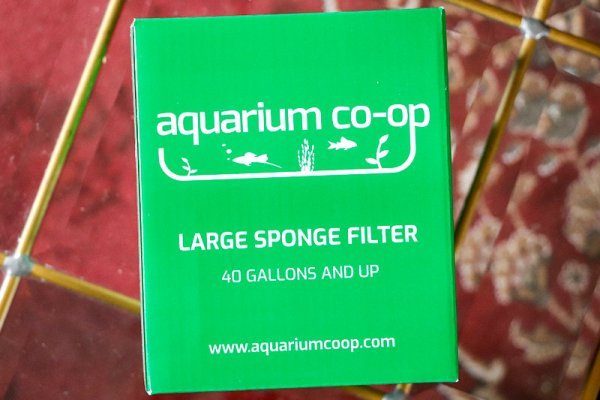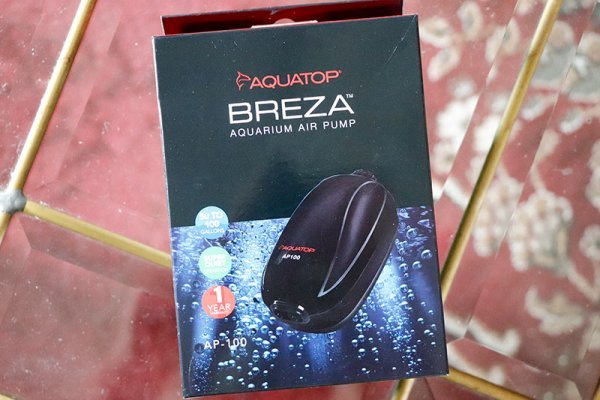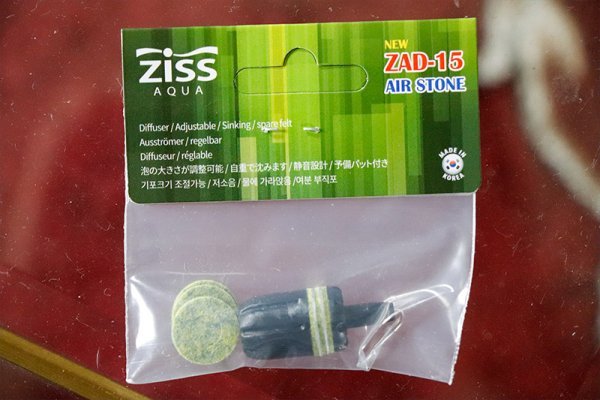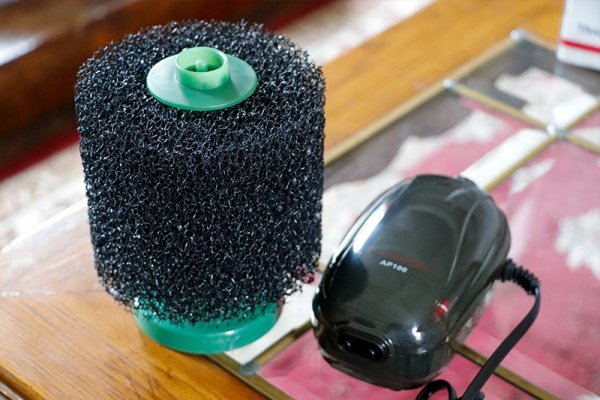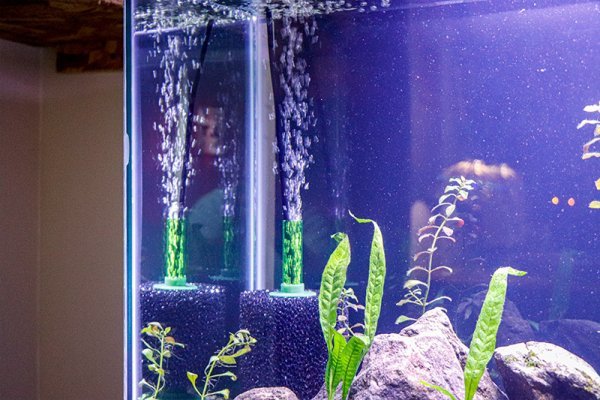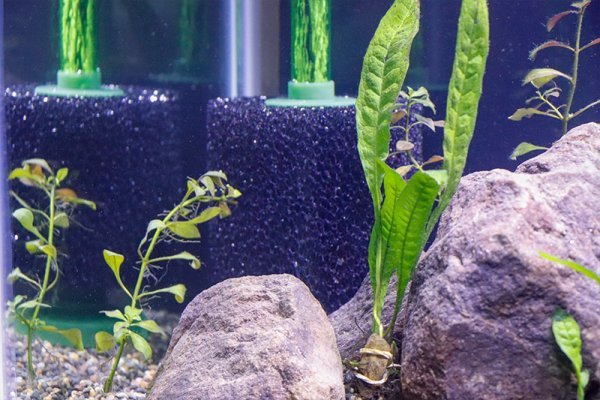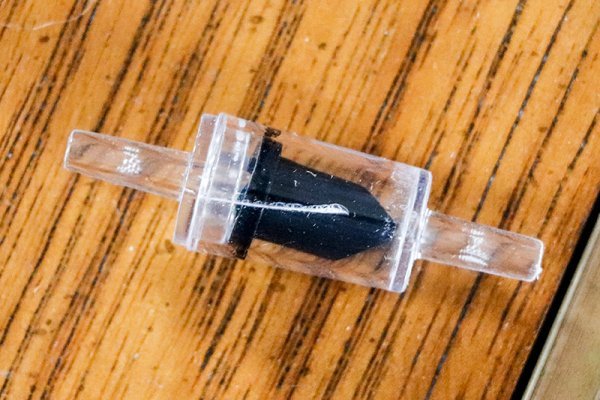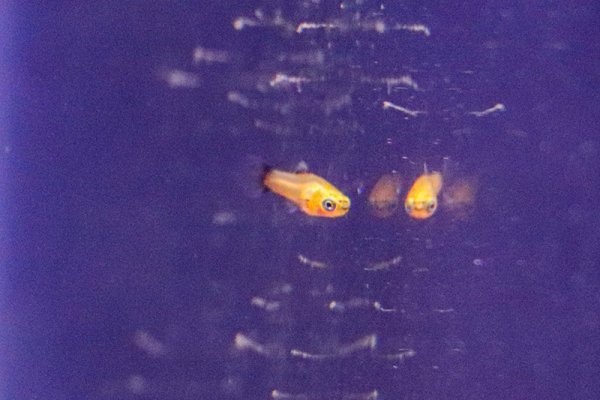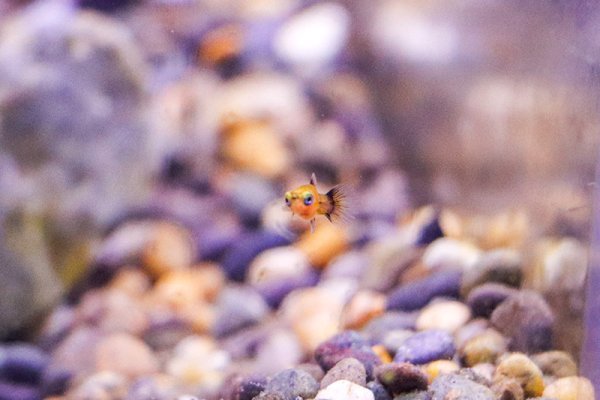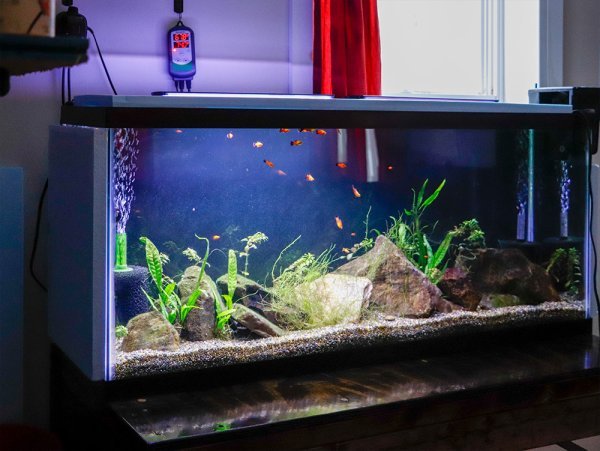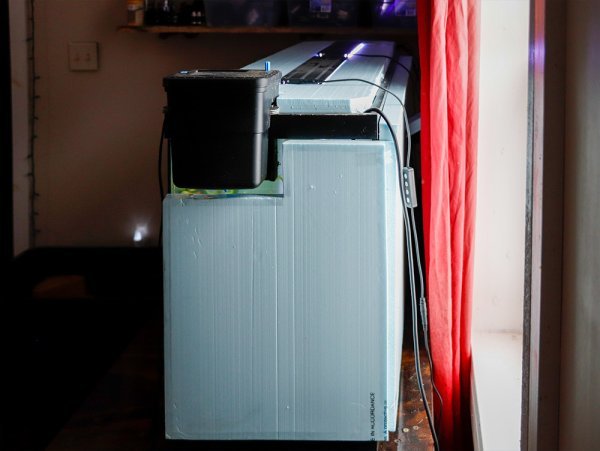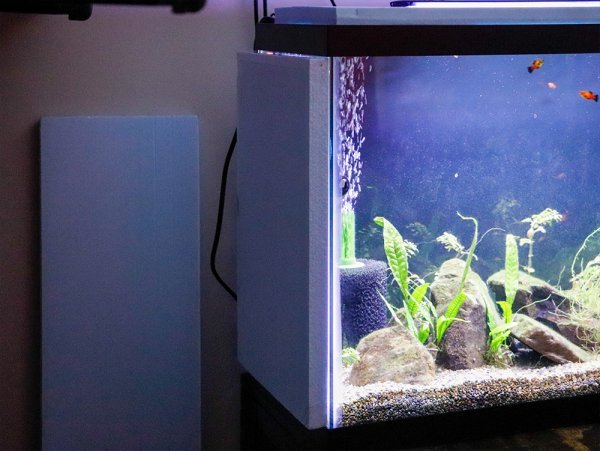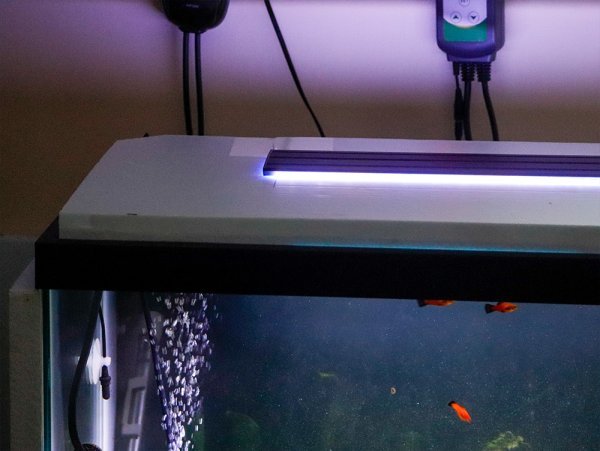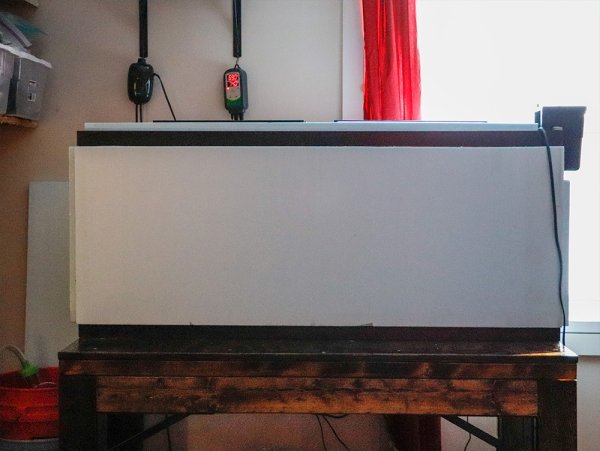JGaulard
Administrator
Staff member
Pro Member
Verified Seller
Sr. Site Supporter
- Joined
- Apr 11, 2019
- Messages
- 89
- Reaction Score
- 11
- Points
- 43
- #21
Fluval M50 & Inkbird ITC-308S
During the summer months, my 55 gallon tank's water temperature hovered around 78°. That was fine, but I began getting nervous a few weeks ago when the temps dropped down into the 60s. The last I looked, the water in the aquarium hit a low of 66° and my platys and danios weren't too happy. They weren't moving around the tank much at all, so I knew I needed to buy a heater. The thing is, after looking through the various brands of heaters on Amazon, I became very discouraged. It seemed as though quite a few of them were of low quality and some buyers of these low quality heaters complained of "heater runaway." Basically, that's when a heater's internal thermostat malfunctions, causing the heater to never turn off. Some people said that their heater ran all night and when they woke up in the morning, all of their fish were dead and their tank water was over 100°. I also learned that aquarium water heaters are notorious for going bad - breaking - malfunctioning - whatever you want to call it. They stopped working. The primary reason for this is too much cycling (turning on and off). Let's say you live in a very cold home and you purchase a 300w heater. You install it into your 60° tank water and it warms the water to 76° within two hours. At that point, the heater turns off because the maximum temperature was reached. Well, because the house is so cold, the water temperature will drop rather quickly, causing the heater to turn on again. Multiply this by hundreds or thousands of times over the course of a winter and you've got yourself a broken heater. All because it turned on and off too many times. After all, there's only so many cycles a fish tank heater can go through in its lifespan. In the example I just gave above, the water was warmed very quickly because of a high power heater and it cooled down quickly because of a cold home. To solve the cycling problem, it's best to keep a warm home and to run a lower wattage heater.The unit I purchased is a 50w Fluval M50. This is fairly low wattage, so it'll take a long time to warm my tank's water. That's fine. Also, as an insurance policy against heater runaway, I bought the Inkbird ITC-308S. That's basically a temperature controller that will cut power to the heater if the water temps rise too much. The heater's power cord plugs into the controller. So most of the time, the heater's internal thermostat will control when the heater turns on and off, but just in case, if the temperature rises past, in my case, 72°, the controller will cut the power. Personally, I like the controller because it's got a probe that sits in the water and that measures the water temperature. I have the module hanging in the wall so I can see what's going on, nice and clearly. Check out these photos. The first one is the heater and the probe in the water and the second one is the module hanging on the wall.

